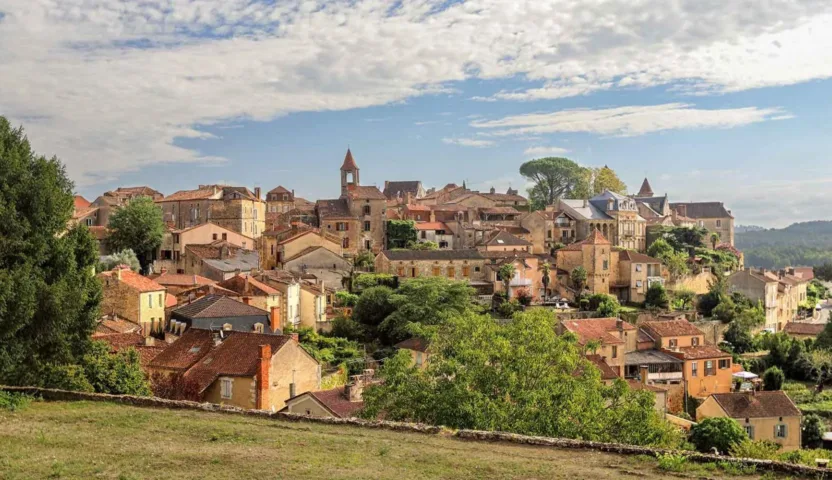
Belvès
In the heart of the Périgord Noir region, Belvès is a small medieval town classified as one of the "Most Beautiful Villages in France".


In the heart of the Périgord Noir, 3.6 km from our Slow Village Saint-Cybranetdiscover one of the Dordogne's most famous castles: Château de Castelnaud.
Château de Castelnaud is a fortified castle, listed as a Monument Historique in 1966, built on a rocky spur with a magnificent panoramic view over the Dordogne valley. It faces the château de Beynac, its rival during the Hundred Years' War, on the other side of the river. Castelnaud is also famous for its museum of warfare in the Middle Ages.
Located in the commune of Castelnaud-la-Chapelle, Castelnaud castle is a medieval fortress. Built on a rocky spur in the 12th century, it was first owned by the Cathar lord Bernard de Casnac, then taken by Simon de Montfort in 1214 during the Albigensian Crusade.
A new castle was then built: the keep and curtain wall date from this period.During the Hundred Years' War, Castelnaud castle was mainly in the hands of the English, but was finally conquered by the French in 1442. Once the conflict was over, the fortress was returned to the Caumonts, who had owned it since 1368, and reinforced the defensive system. The lower enclosure and the new barbican were equipped with gunboats, the artillery tower was built and new living quarters were added to improve comfort. The castle was subsequently entrusted to Geoffroy de Vivans, a feared warrior who was spared assault during the Wars of Religion.
During the 15th century, like many Périgord castles, it was transformed toimprove the comfort of its inhabitants. However, Castelnaud was rarely occupied, as the Caumonts left Castelnaud for their new castle in Les Milandes, and was totally abandoned during the French Revolution. It was even used as a stone quarry in the 19th century, and continued to deteriorate until 1966, when it was classified as a Historic Monument and underwentmajor restoration campaigns. These restoration campaigns had only one ambition: the Château de Castelnaud had to be reborn as it was.
Château de Castelnaud has been the scene of numerous conflicts and has thus had a particularly tumultuous history, filled with battles, sieges and other surrenders. The castle has resisted and adapted constantly, and to pay tribute to the tenacity of the fortress, the new owner has decided to install a museum dedicated to warfare in the Middle Ages.
Inaugurated in 1985, the museum's collections feature over 250 pieces of medieval artillery. Swords, crossbows, hast weapons, chain mail and even life-size siege weapons are on display in the fortress dwellings. Some fine pieces of furniture from the 14th and 15th centuries complete the ensemble.
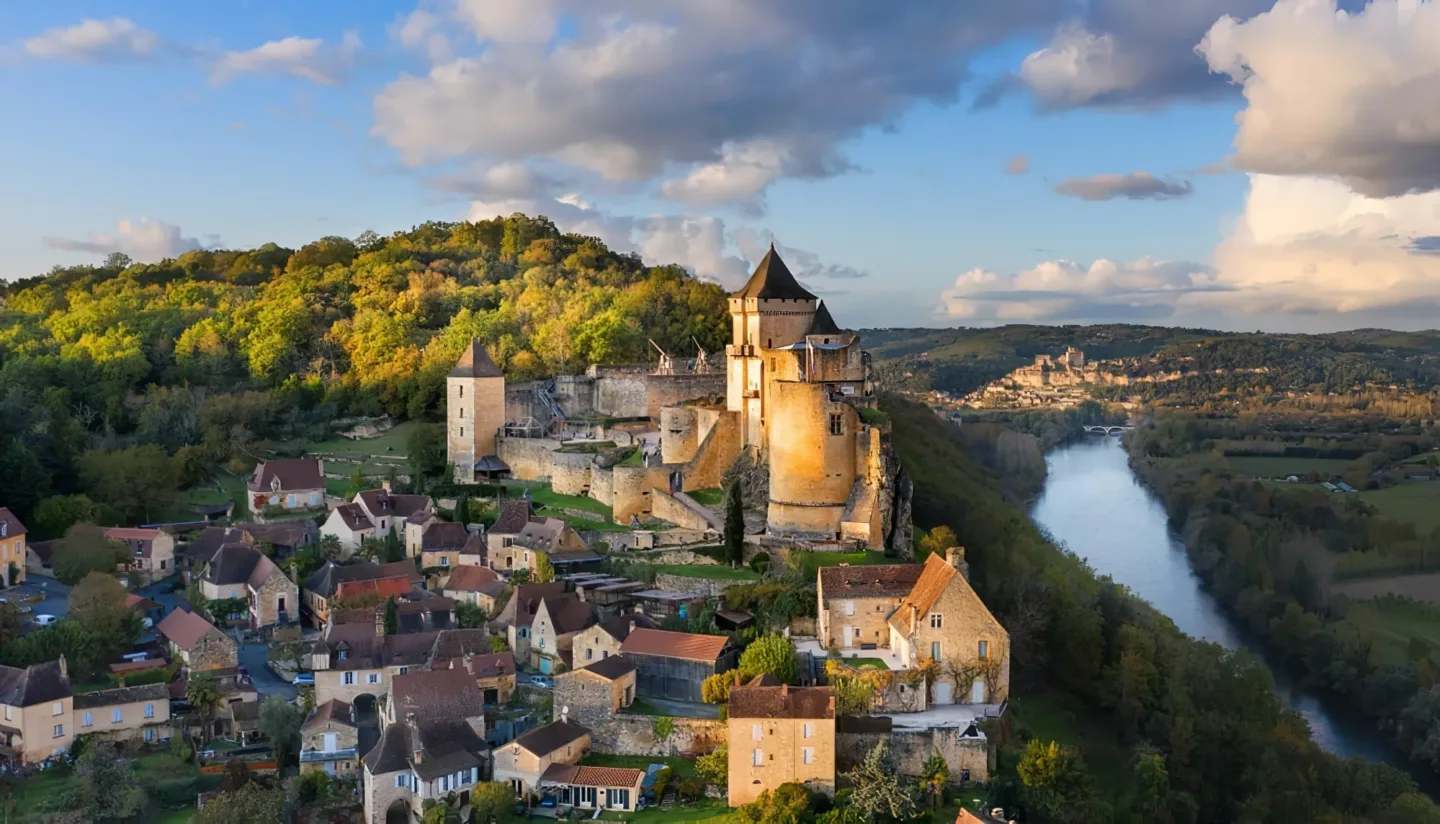
Castelnaud castle can be seen from afar. Its massive silhouette, thick walls and arrogant square tower are as imposing as they were in the Middle Ages. From the road leading from Sarlat, the view of the castle is striking, the fortress perched atop its rocky spur intimidating.
Castelnaud castle can be reached directly by car, but the approach on foot, through the lower part of the village, is much more pleasant, especially as the small village of Castelnaud-la-Chapelle is one of France's most beautiful villages. As a result, between the steep streets and the old houses old Périgord housesthe climb up to the castle is very pleasant, and as you ascend, Castelnaud castle reveals itself from different angles and finally opens its doors to you...
During your visit, you'll come across life-size reconstructions of medieval war machines such as mangonels, trebuchets and pierrières, as well as an extensive collection of weapons and armor. The tour is interspersed with signage, interactive terminals and models. The evolution of fortification and siege techniques is also illustrated by a slide show, films and video games.
The visit then continues outside, where a medieval-inspired garden to discover the life of the Lords of Castelnaud. Indeed, there are numerous events such as medieval shows, blacksmithing demonstrations, nocturnal investigations, armor fittings, sword-fighting lessons and even days devoted to living history in collaboration with historical re-enactment troupes.
In summer guided tours in French, Dutch and English on the theme of war in the Middle Ages.
Château de Castelnaud is open all year round, every day:
Please note that last admission takes place 1 hour before closing time.
Prices range from €6 to €12.90, depending on your profile and the period of your visit. Admission is free for children under 10. Twin tickets are also available with the Jardins de Marqueyssac to discover all the riches of Périgord.
Group rates and annual passes are also available.



In the heart of the Périgord Noir region, Belvès is a small medieval town classified as one of the "Most Beautiful Villages in France".


Between Périgord Noir, Périgord Blanc, Périgord Pourpre and Périgord Vert, there's so much to do in Périgord! To make sure you don't miss out on any must-see activities or places of interest, it's crucial to prepare your stay well in advance. Here's a map of the Périgord region, along with an overview of must-see places.

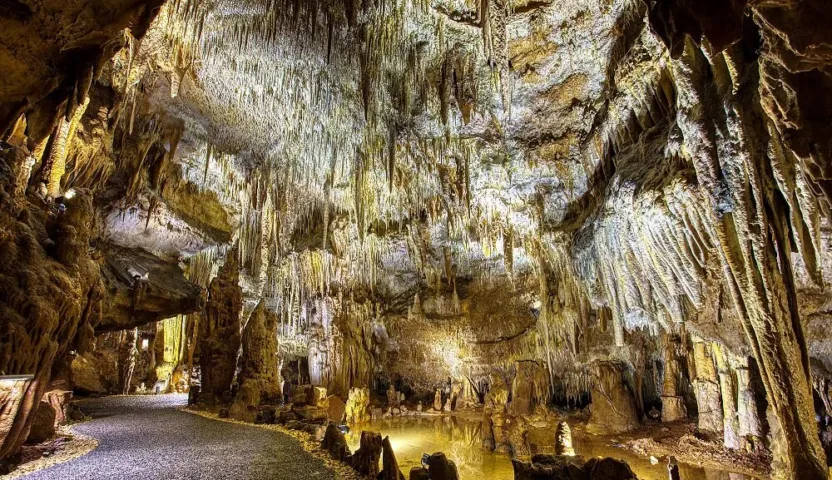
In the heart of Périgord, beneath the Bastide town of Domme, a village classified as one of France's "most beautiful villages", lies an underground gem, the Grotte de Domme.

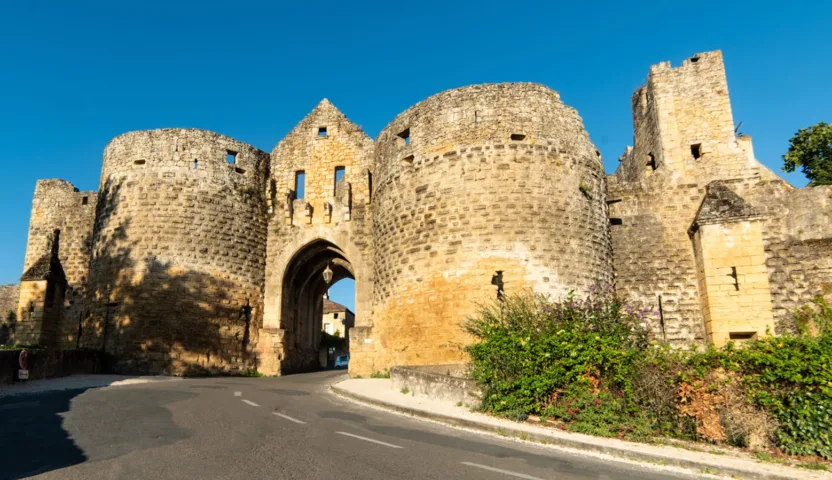
In the heart of the Périgord Noir region, the bastide town of Domme is a medieval city built on a rocky outcrop above the Dordogne River.

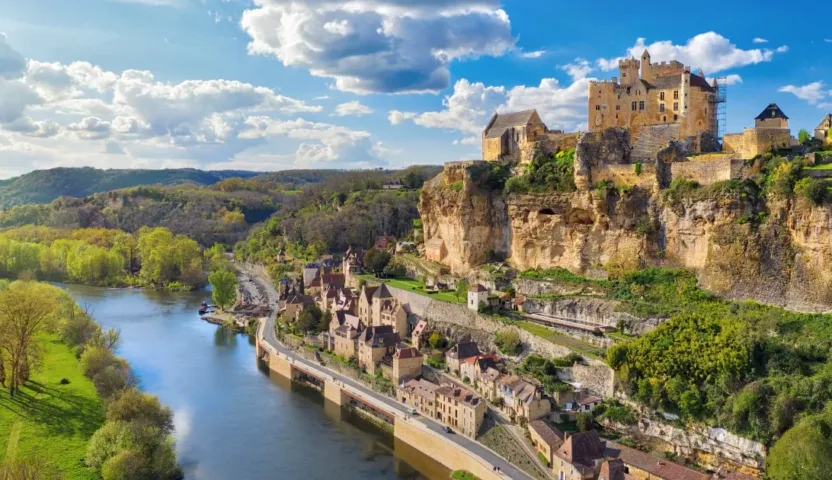
In the heart of the Périgord Noir, less than 7km from our campsite in the Slow Village, discover the Château de Beynac.

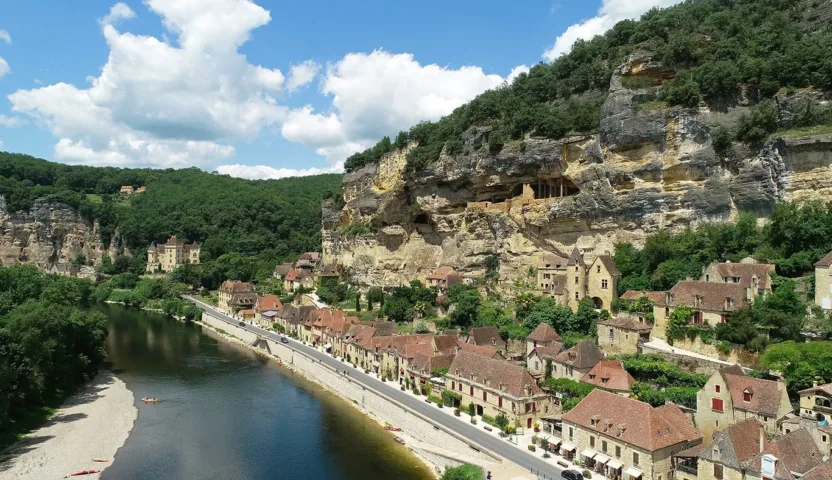
In the heart of Périgord, 6km from our Saint-Cybranet campsite at Slow Village, the cliffs of La Roque-Gageac shelter the remains of a fortress built in the 12th century.


Périgord gastronomy is renowned for its quality products. In the heart of Périgord Noir, Domaine de Vielcroze perpetuates the know-how of walnut and truffle production, emblems of the Périgord terroir. Less than 4 km from our Dordogne campsite at Slow Village Périgord, at the foot of Castelnaud castle, discover the Walnut Ecomuseum.

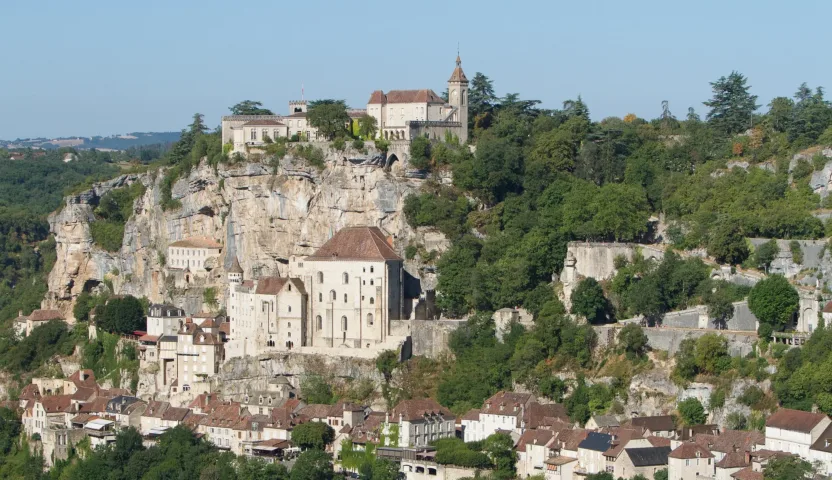
For your next vacation, stay in France and plan a visit to Rocamadour, an emblematic town in the Dordogne Valley. Take the time to visit this ancient pilgrimage site and its many natural attractions, and enjoy a range of family activities.

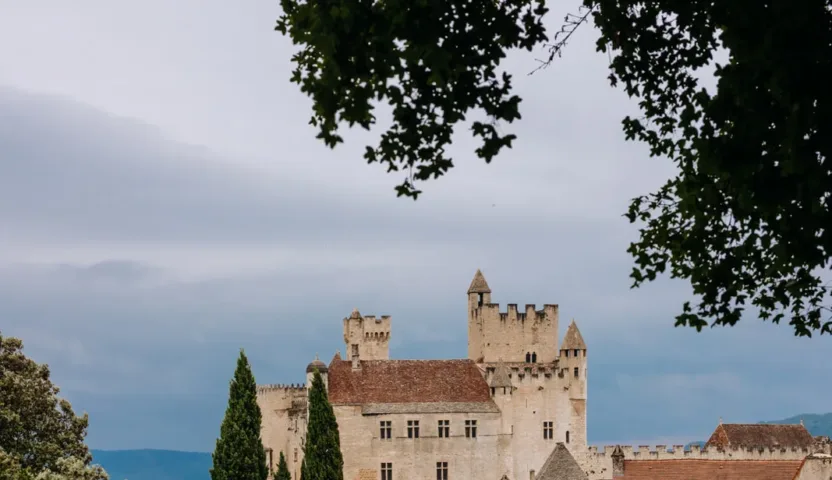
More and more camping enthusiasts are opting for environmentally-friendly holidays. The Dordogne, located in the Périgord region in the heart of the Nouvelle-Aquitaine region, is full of green campsites. Some of them stand out for their sustainable approach and dedication to preserving nature. In this article, we look at the specific features and benefits of an ecological campsite in the Dordogne.

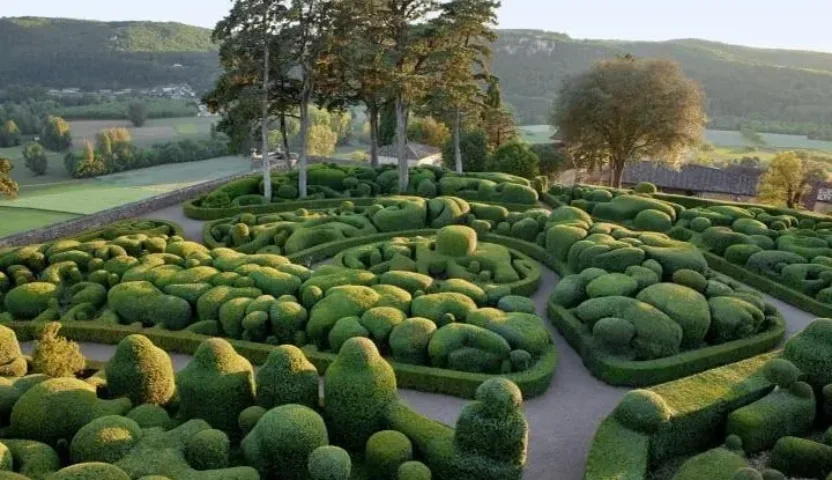
Enjoy a 100% chill-out break in the heart of nature at our Périgord campsite in Slow Village, and discover the Jardins de Marqueyssac just 5km away.

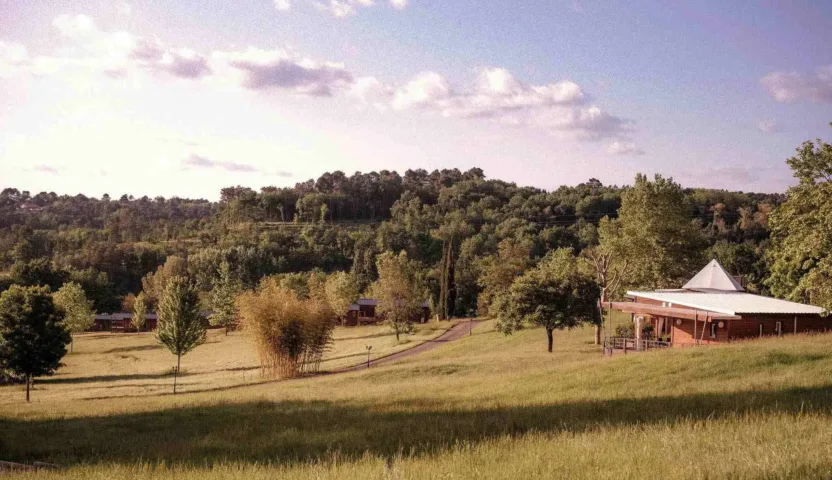
The Dordogne abounds in prehistoric treasures: cave paintings, engravings and impressive underground galleries. Follow in the footsteps of mankind's first artists with our must-see selection.


Who could resist the call of Périgord, this land of mystery, history and unrivalled natural beauty? Located in south-west France, Périgord offers a journey through time, from prehistory to the present day, with its impressive natural sites, medieval castles and authentic villages. Every nook and cranny promises a unique adventure for families with children, friends or lovers. The Périgord campsite offers a busy schedule for your visit to the Périgord.

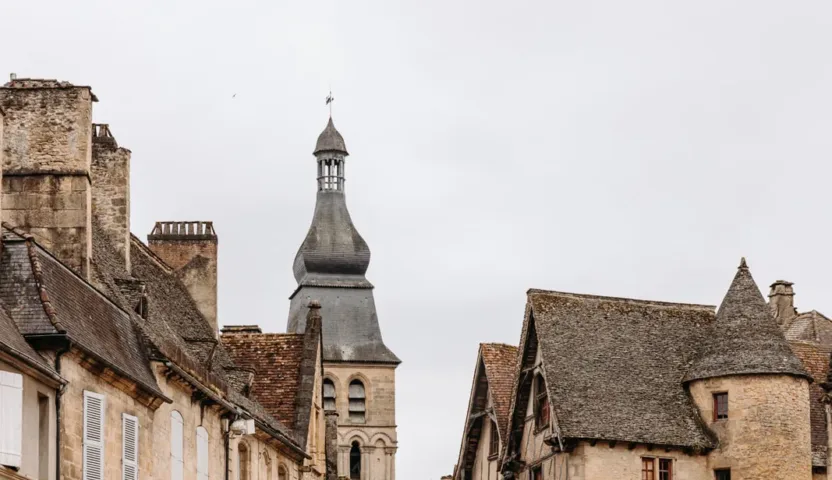
Sarlat la Canéda is a historic town in the heart of France's Périgord Noir region. The town is renowned for its gastronomy, cultural heritage and outdoor activities. If you're looking to recharge your batteries in the heart of nature while discovering the riches of the region, be sure to stay at Slow Village, an eco-village located near Sarlat la Canéda. In this guide, we take a look at the must-sees and must-tastes in Sarlat la Canéda.

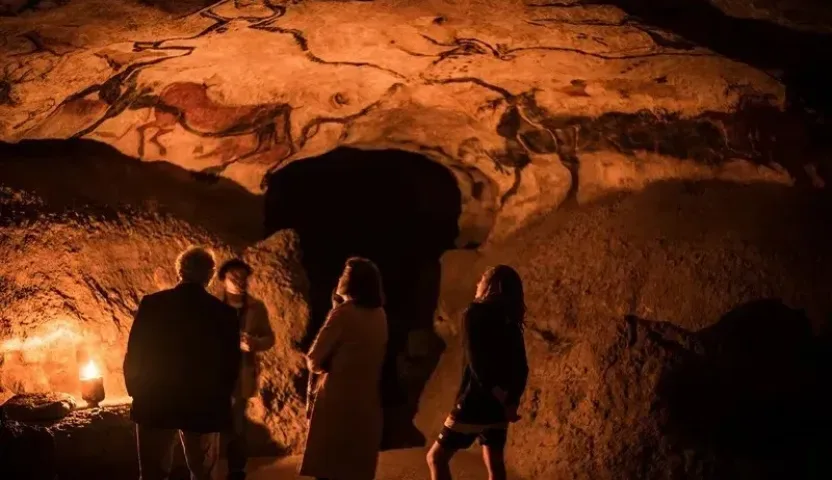
The Grotte des Combarelles, a true prehistoric gem, lies in the heart of the Vézère Valley in the Dordogne. Located some 25 km south-east of Périgueux, the cave is a UNESCO World Heritage Site.
